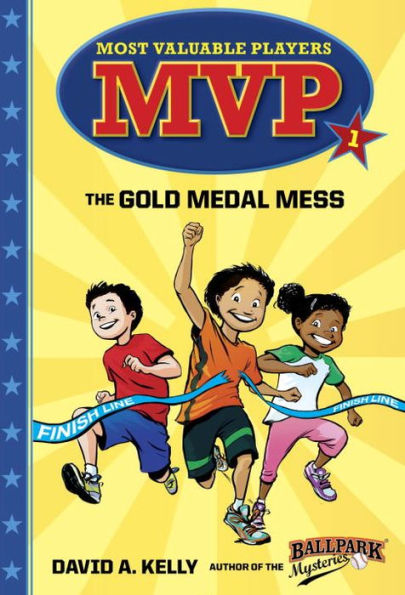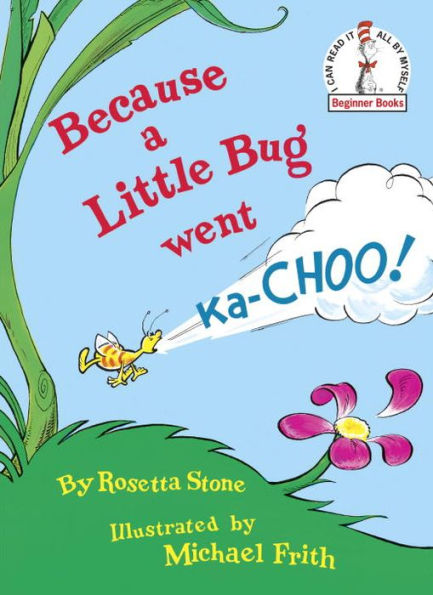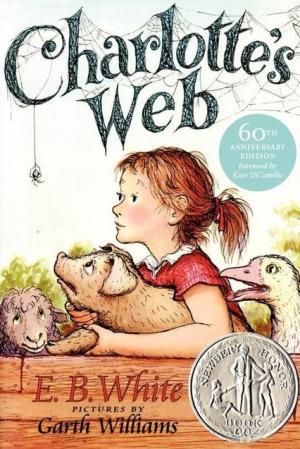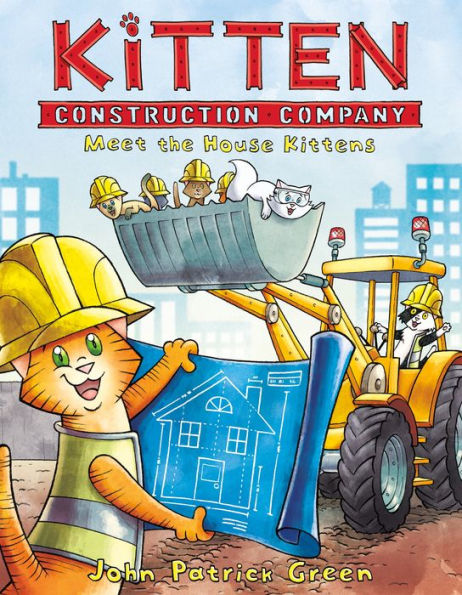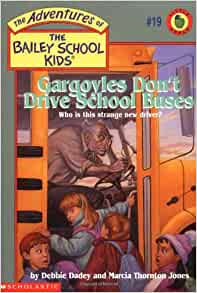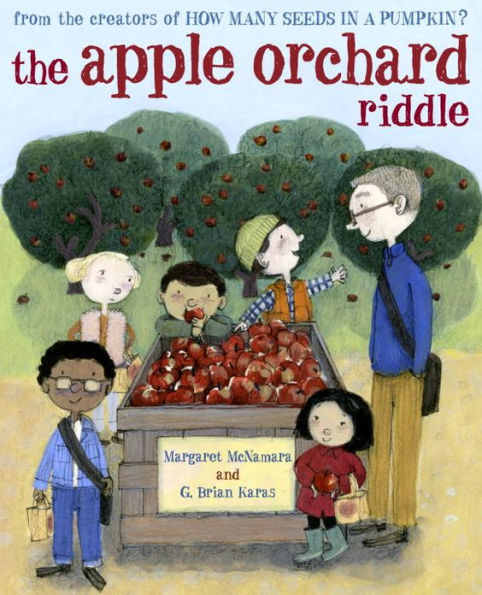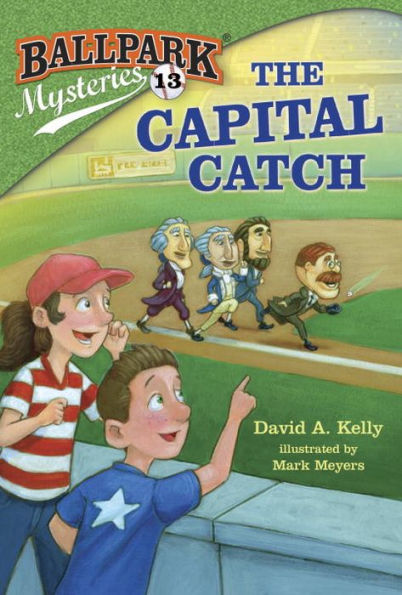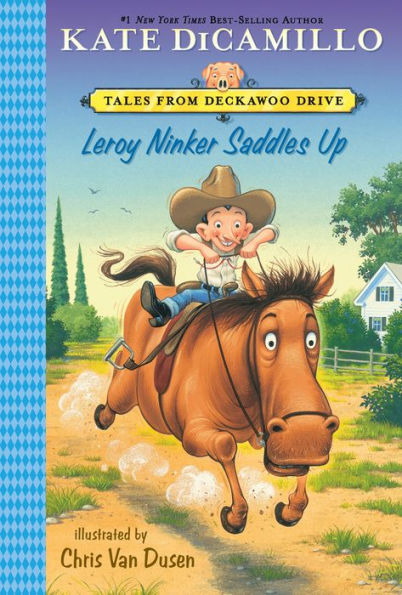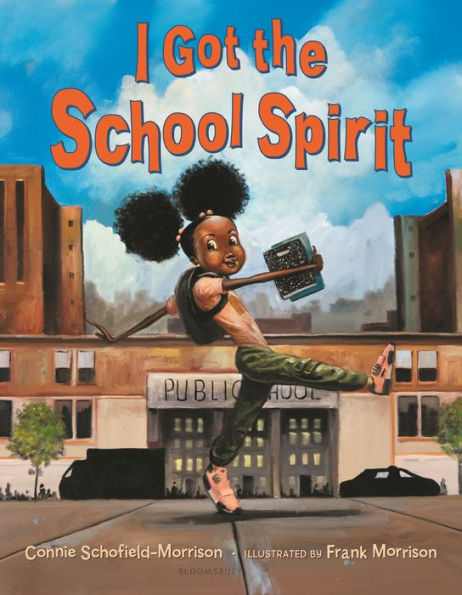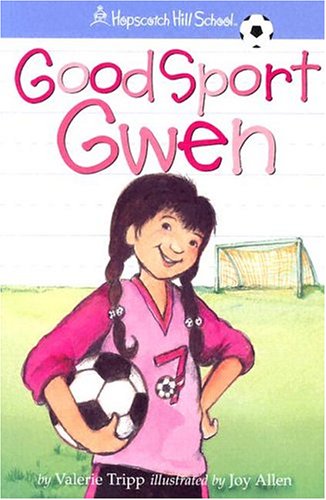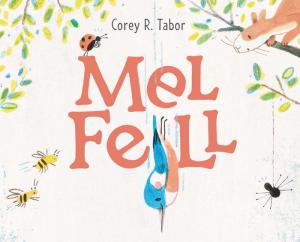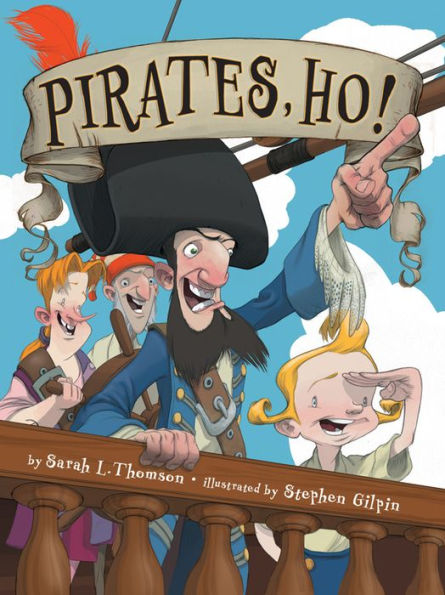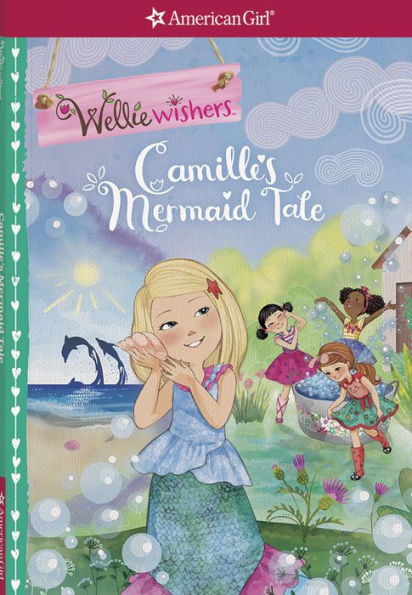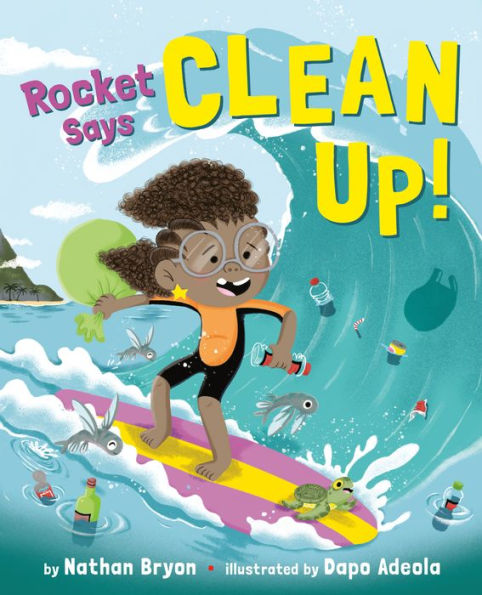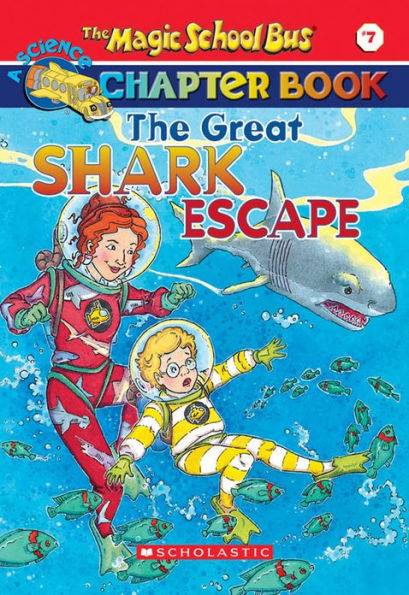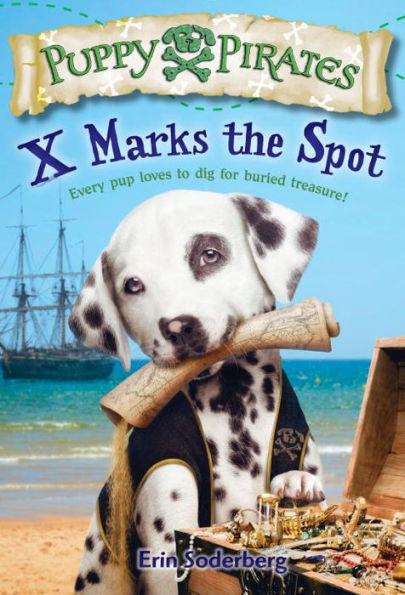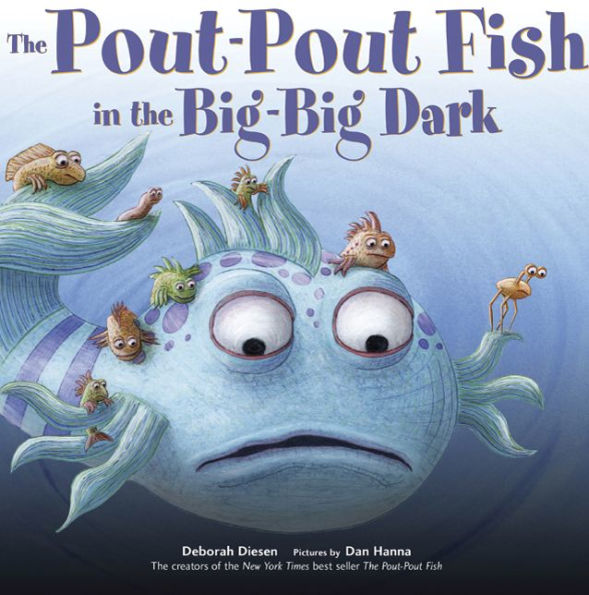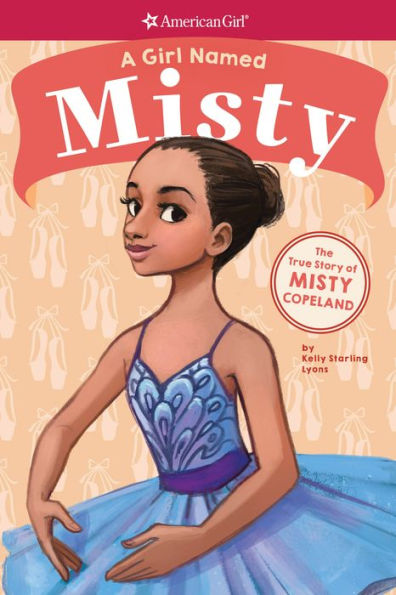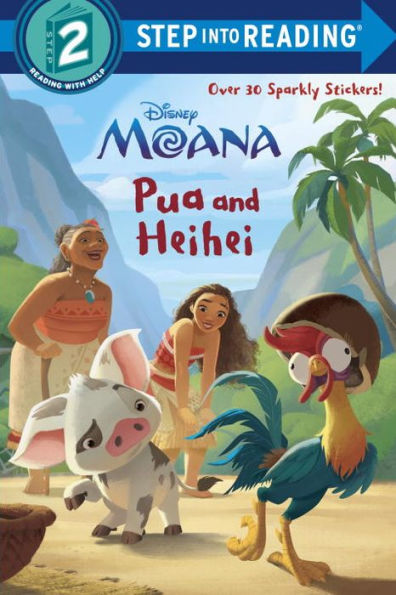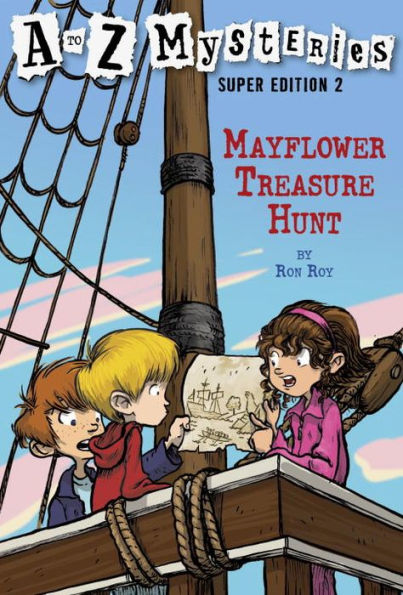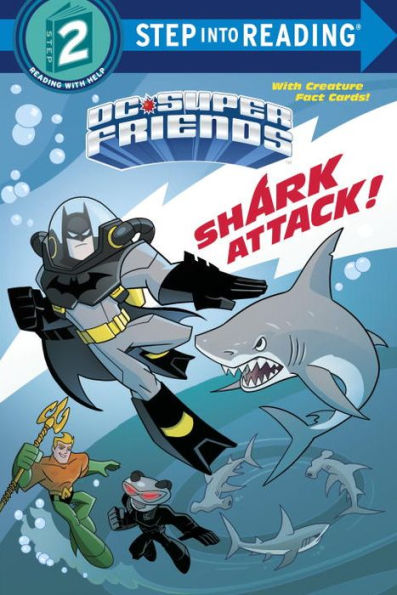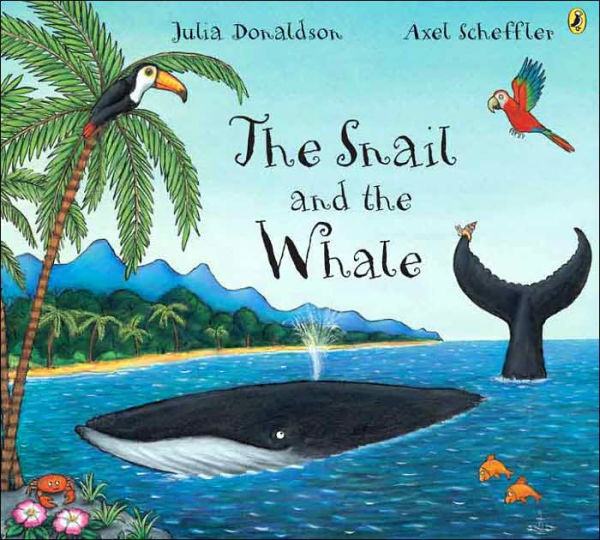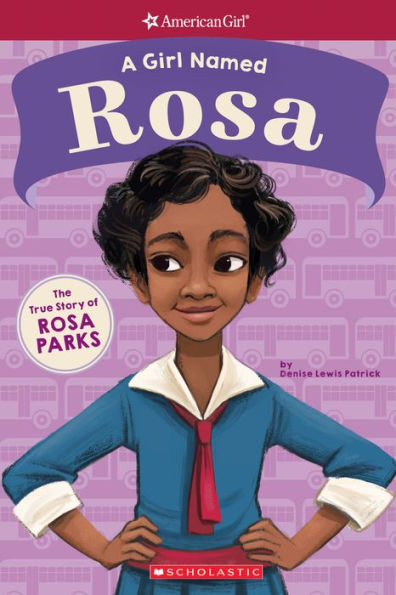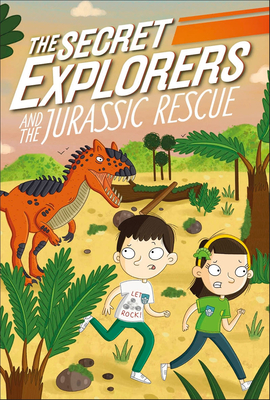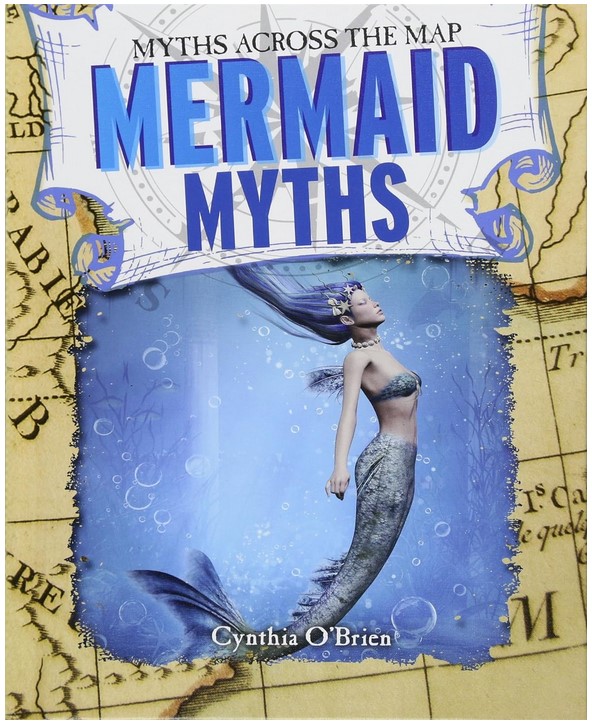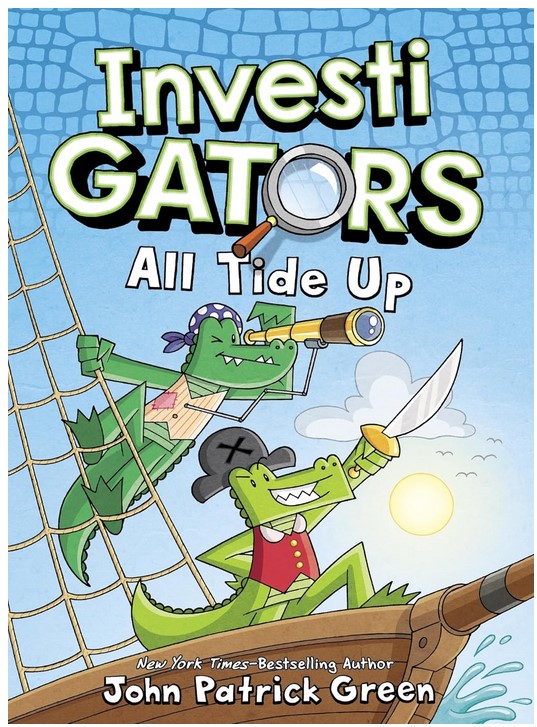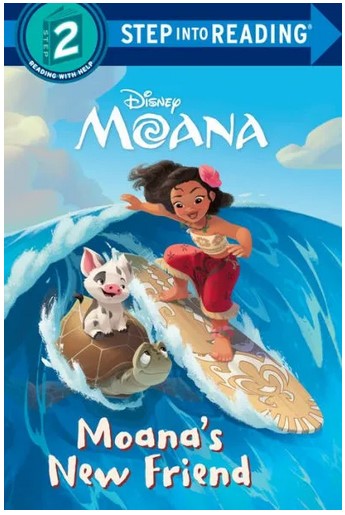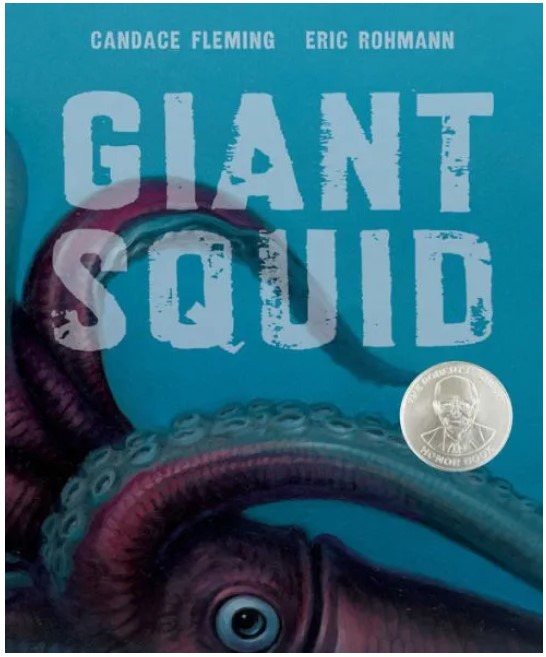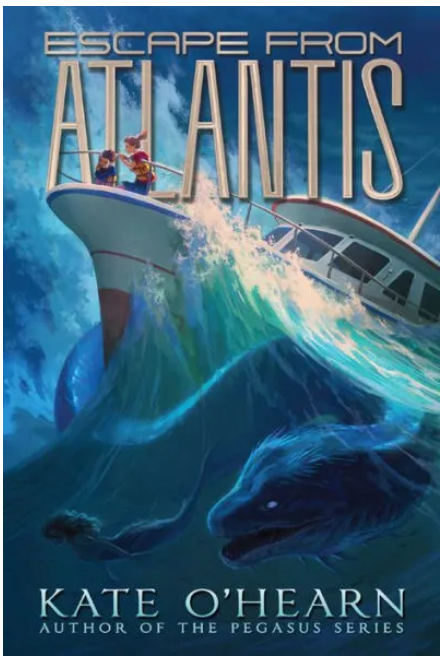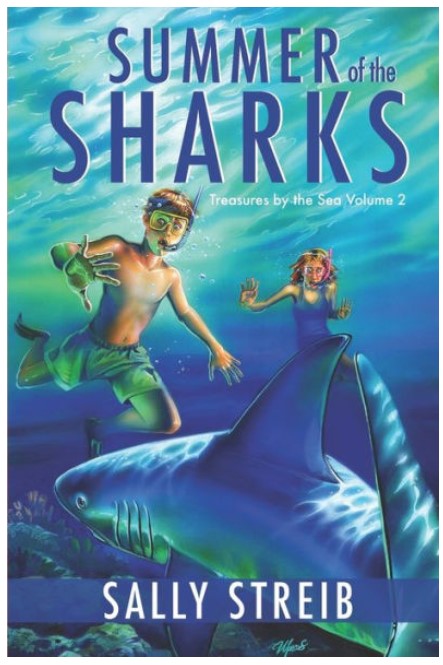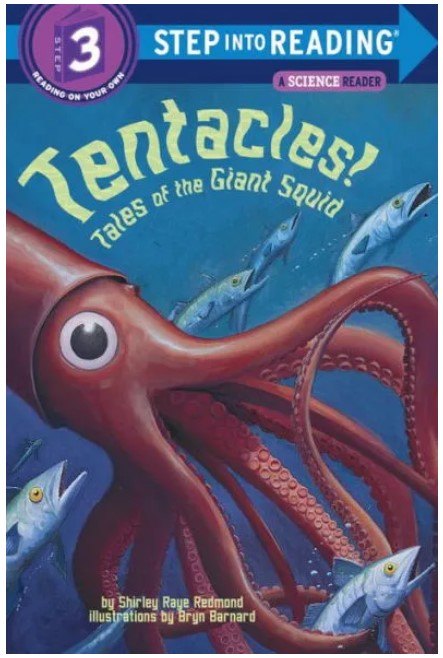Fern saves a piglet, the runt of his litter, from being killed by her father, Mr. Arable. She names the piglet Wilbur and cares for him until he has grown too big to stay at the Arables’ house. Her father is unwilling to provide for Wilbur, so he convinces Fern to sell Wilbur to her uncle, Mr. Zuckerman. Wilbur can stay at Mr. Zimmerman’s farm for the rest of his days. And although Wilbur has more room to move and plenty to eat, he becomes lonely—he wants a friend.
After hearing Wilbur’s request, Charlotte, a gray spider, befriends him. Fern frequently visits Wilbur and observes the activities around the barn, occasionally accompanied by her little brother, Avery. One day, a sheep warns Wilbur of an inevitable future: one of those days, the farmers will slaughter him for “smoked bacon and ham.” However, Charlotte plans to dissuade the humans from killing her new friend.
An external narrator tells the story of Charlotte’s Web so the reader can understand the thoughts of every character. Since the story centers on Wilbur’s growth from his friendship with Charlotte, who encourages him to be “some pig,” “humble,” and “radiant,” Wilbur is the only character who changes throughout the story. The narrator follows Wilbur’s actions often since Fern spends more time with the humans than the animals. Fern expresses her fondness for Wilbur, nonetheless. Younger readers will not get lost in the plot because Fern tells her family about the farm animals’ activities. In addition, pictures of the farm and characters are in most chapters so readers can visualize the setting.
Even though the story is a beloved classic, the frequent praise of Charlotte’s webs and Wilbur’s magnificence is heavy-handed at times. Plus, the book’s vocabulary will make it difficult reading for some readers. Younger readers may not understand the 1950s culture, but they will understand the relationship between Fern and the humans, and the friendship between Wilbur and Charlotte. The dialogue has 1950s dialogue, and some phrases and terms may be offensive to modern audiences. For example, when Mr. Zuckerman says to the minister that Fern is a “queer child,” he meant that Fern is a strange child.
Elementary school readers will enjoy the book as it ultimately tells the story of friends from unlikely places. If you are looking for a more modern story about love, life, and friendship similar to Charlotte’s Web, there are great ones to choose from, such as A Boy Called Bat by Elana K. Arnold and The One and Only Ivan by Katherine Applegate.
Sexual Content
Violence
- Mr. Arable was on his way to kill Wilbur, but Fern stops him by saying, “The pig couldn’t help being born small, could it? . . . This is the most terrible case of injustice I ever heard of.” The scene lasts for two pages.
- Throughout the book, Charlotte captures and eats “anything that is careless enough to get caught in [her] web.”
- One of the old sheep in the farm tells Wilbur that the humans have been fattening him up so they can kill him and eat him. “Almost all young pigs get murdered by the farmer as soon as the real cold weather sets in. There’s a regular conspiracy around here to kill you at Christmastime. Everybody is in on the plot.” Wilbur’s panic at the revelation continues for two pages.
- One of Charlotte’s cousins battled against a fish. “There was my cousin, slipping in, dodging out, beaten mercilessly over the head by the wildly thrashing fish, dancing in, dancing out, throwing her threads and fighting hard.” Her cousin wrapped the fish in her threads, defeating it. Then, “[Her] cousin kept the fish for a while, and then, when she got good and ready, she ate it.” The fight lasts for two pages.
- Charlotte dies after seeing off Wilbur and Templeton, a rat, who are returning to Mr. Zuckerman’s farm. “She never moved again. . . Nobody, of the hundreds of people that had visited the County Fair, knew that a grey spider had played the most important part of all. No one was with her when she died.”
Drugs and Alcohol
- Charlotte gives her prey “an anesthetic” so they won’t feel pain when she eats them.
- Lurvy, the hired man on Mr. Zuckerman’s farm, gives Wilbur “two spoonfuls of sulfur and a little molasses” when Mr. Zuckerman notices Wilbur’s misery.
Language
- Templeton is mad when Wilbur wakes him from his nap, and says, “What kind of monkeyshine is this?”
- Wilbur calls Templeton a “crazy rat” when the rat makes noise at night.
- Zuckerman calls Edith, his wife, “crazy” because she wants to wash Wilbur with buttermilk.
Supernatural
- An announcer refers to Wilbur’s excellence as “dealing with supernatural forces.”
Spiritual Content
- When Mr. Arable lets Fern keep and care for Wilbur, he prayed for the “good Lord” to “forgive him for this foolishness.”
- Lurvy “dropped to his knees and uttered a small prayer” upon seeing the words “some pig” on one of Charlotte’s webs.
- Many humans refer to Wilbur and the webs as a “miracle.”
- Mr. Zuckerman meets with the minister about Wilbur and the webs. The minister says, “I can explain it in my sermon next Sunday.” On that Sunday, the minister says, “the words on the spider’s web proved that human beings must always be on the watch for the coming of wonders.”
- Wilbur refers to the doorway where Charlotte wove her webs as “hallowed” when he spoke to three of Charlotte’s daughters, Joy, Aranea, and Nellie.
- Templeton exclaims, “Bless my soul” out of frustration when Wilbur persuades him to take Charlotte’s egg sac before they leave the County Fair.
